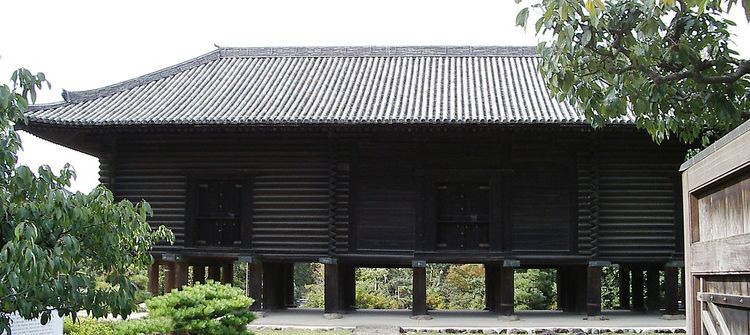645–650 Taika 686–686 Shuchō 704–708 Keiun | 650–654 Hakuchi 701–704 Taihō 708–715 Wadō | |
 | ||
Kenkyū (建久) was a Japanese era name (年号,, nengō,, lit. "year name") after Bunji and before Shōji. This period spanned the years from April 1190 through April 1199. The reigning emperor was Go-Toba-tennō (後鳥羽天皇).
Contents
Change of era
Events of the Kenkyū era
References
Kenkyū Wikipedia(Text) CC BY-SA
